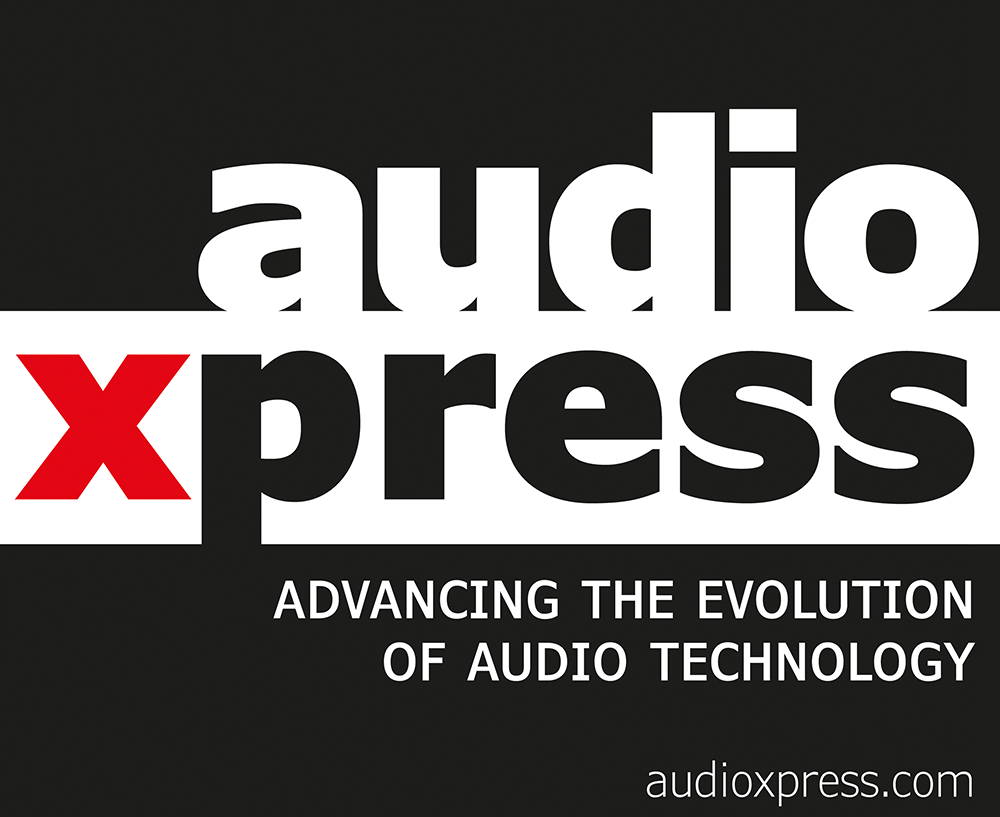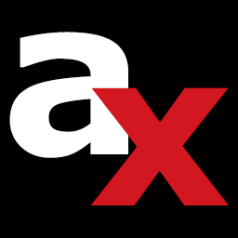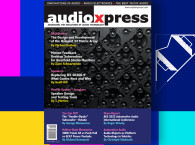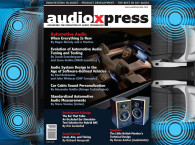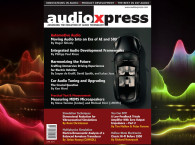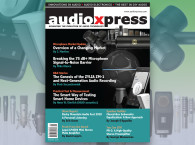 With audioXpress October 2025 focused on speakers, and given the DIY traditions of the magazine, there’s nothing more suitable to open this issue than a full report of the 2025 Ohio Speaker Design Competition, held in Springboro, OH. This event took place on August 1–2, drawing designers and audio enthusiasts from California to Texas, New York to British Columbia. This DIY competition used to be part of the larger Midwest Audiofest, hosted by Parts Express. With the Audiofest concept abandoned during the pandemic, the organizers just referred to it as the Speaker Design Competition until, in 2024, Parts Express decided to rebrand the event as the Ohio Speaker Design Competition, which is the only competition of this scale in Ohio. This article is a behind-the-scenes look at this year’s competition, written by Sarah Stephens with many photos courtesy of Parts Express and competition participants.
With audioXpress October 2025 focused on speakers, and given the DIY traditions of the magazine, there’s nothing more suitable to open this issue than a full report of the 2025 Ohio Speaker Design Competition, held in Springboro, OH. This event took place on August 1–2, drawing designers and audio enthusiasts from California to Texas, New York to British Columbia. This DIY competition used to be part of the larger Midwest Audiofest, hosted by Parts Express. With the Audiofest concept abandoned during the pandemic, the organizers just referred to it as the Speaker Design Competition until, in 2024, Parts Express decided to rebrand the event as the Ohio Speaker Design Competition, which is the only competition of this scale in Ohio. This article is a behind-the-scenes look at this year’s competition, written by Sarah Stephens with many photos courtesy of Parts Express and competition participants.Featured on the cover of this October 2025 issue is one of the speakers in the competition, named “Venus” by Ariel D. (Under $300 Large), featuring a stunning speaker enclosure - totally 3D-printed - in a two-way design with waveguides and passive radiators.
For this October 2025 issue of audioXpress, we also have a comprehensive Market Update on MEMS Microspeakers written by J. Martins and Mike Klasco. MEMS microspeakers are the most recent category of MEMS devices to make it to market. It took a decade, and the players who have made it to market are now rethinking their pipeline of future products and looking for the best application or the right problem to solve. Who will crack the code?
Read the latest on the most promising projects and products in this space. The report discusses the specific approaches from Bosch Sensortec (who acquired Arioso Systems), USound, xMEMS Labs, SonicEdge, and the most recent newcomer, MyVox. Some examples of the first products already on the market using MEMS drivers are also detailed.
Next up, Steve Hutt and Roger Shively present a very detailed and insightful article on a critical topic for many speaker applications, but specifically relevant for automotive audio: speaker production variance. Audio system measurements of production vehicles with the same type of systems are known to exhibit vehicle-to-vehicle performance variance.
Steve Hutt and Laura Fincham wrote an important paper on “Loudspeaker Production Variance,” which was presented at the Audio Engineering Society Convention in 2008, and was followed by extensive work by Steve Hutt on “Audio System Variance In Production Vehicles” since then. In Subjective Evaluation of Production Vehicle Audio System Variance, the two experts describe a method to quantify if listeners can perceive this variance.
They started with a digital twin model to allow comparing a single attribute change of otherwise identical system scenarios. Then, using auralizations of the different scenarios with headphones, they confirmed that variance is not just perceptible but indeed affects subjective preference ratings. The article details a diagnostic verification process that allows quantifying a production system’s variance vs. its reference system, as well as a calibration method supported by over-the-air updates.

The next article deserves particular attention from the many speaker designers and even speaker builders that recognize the advantages of active systems and connected designs. Thomas Huber and Christoph Apel (StreamUnlimited) wrote a complete characterization of the Design and Development aspects of active design based on the modular hardware and software architecture of the StreamAmp module for active speaker systems created by the Austrian company.
The StreamAmp platform is currently available to manufacturers that would like to offer speakers that are not only active but can also be networked and connected. Leveraging its experience in engineering services and product development for many of the world's audio brands, StreamUnlimited combined state-of-the-art amplification, audio streaming, pre-certified wireless, and audio processing in one comprehensive package, designed to minimize integration complexity and deliver all the features of modern speaker categories.
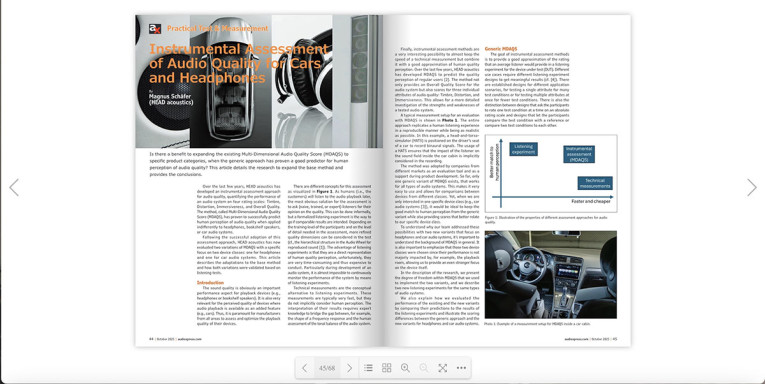
And moving to a practical perspective on evaluation of audio quality, in "Instrumental Assessment of Audio Quality for Cars and Headphones," Magnus Schäfer (HEAD acoustics) anticipates exciting upcoming possibilities. Over the last years, HEAD acoustics developed an instrumental assessment approach for audio quality, quantifying the performance of an audio system on four rating scales: Timbre, Distortion, Immersiveness, and Overall quality. The method, called Multi-Dimensional Audio Quality Score (MDAQS), has proven to successfully predict human perception of audio quality when applied indifferently to headphones, bookshelf speakers, or car audio systems.
Following the successful adoption of this assessment approach, HEAD acoustics now evaluated two variations of MDAQS with a specific focus on two device classes: one for headphones, one for car audio systems. This article describes the adaptations to the base method and how both variations were validated based on listening tests.
And moving to our Sound Control article, this month Richard Honeycutt explores "Acoustic Absorption in Ceilings." Ceilings play a crucial role in acoustics. This article looks at the valuable role of absorption in ceiling design and treatment, and how sound-absorptive materials can be used to control noise buildup and RT particularly in public spaces and large venues. The article compares materials and methods for treating ceilings with acoustic absorption, necessary to control both the buildup of “social noise” of many people talking, and reverberation, but also to help diminish room-to-room noise transmission inside a building.
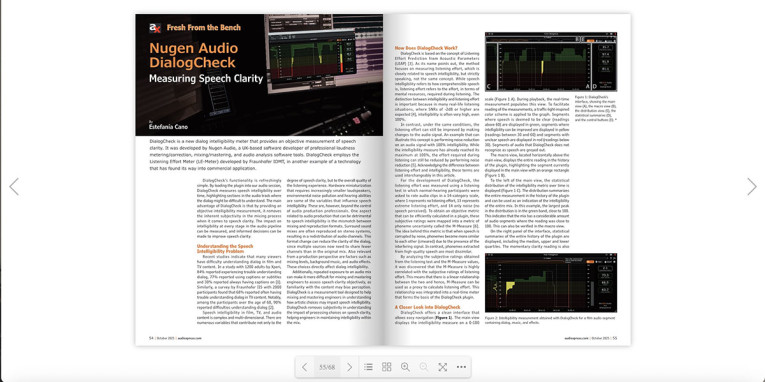
Next, Estefanía Cano offers what can be described as a combination of a product review and an insightful tutorial about dialog clarity and listening effort. The motivation was to review DialogCheck, a new dialog intelligibility meter that provides an objective measurement of speech clarity. It was developed by Nugen Audio, a UK-based software developer of professional loudness metering/correction, mixing/mastering, and audio analysis software tools, employing the Listening Effort Meter (LE-Meter) developed by Fraunhofer IDMT. This is a good example of a technology that has found its way into commercial application, creating a tool that is refreshingly simple.
DialogCheck measures speech intelligibility over time, highlighting sections in the audio track where the dialog might be difficult to understand. This removes the inherent subjectivity in the mixing process when it comes to speech clarity and allows the impact on intelligibility of every stage in the audio pipeline to be measured, and informed decisions made to improve the results.
And to always offer the best in DIY, in this issue about speakers, George Ntanavaras describes how he achieved wonderful results with its HTL-100 High-Fidelity Multimedia Loudspeakers. These elegant floor-standing speakers are designed around two compact Wavecor full-range drivers. The tall and slim profile, combined with a narrow baffle, takes minimal floor space while maintaining a stylish appearance. More importantly, the design delivers quality results in entertainment rooms. The article details the complete evaluation and design process, including all components and tools used to achieve convincing results.

Please remember that all the content featured in every issue of audioXpress is the reason this publication continues to reinforce its role as an essential resource for the audio industry, month after month, 12 times per year. Your support and that of our advertisers is what allows us to keep this publication in print and on all the digital platforms as well as pay our independent authors and contributors for their work.
Subscribe if you haven't done so in order not to miss future issues or renew your subscription. Subscribing to the digital online version allows immediate access and is available here: audioXpress Subscription Services
If you wish to buy a single electronic copy of the magazine or the complete audioXpress archive on USB, from 2000 to 2025 (yes, including the latest issue), just visit our online shop at www.cc-webshop.com.
And check out the new options to access the audioXpress Digital archive:
https://simplecirc.com/subscribe/audioxpress
Don't miss out, get your copy of audioXpress right now at www.gotomyxpress.com
